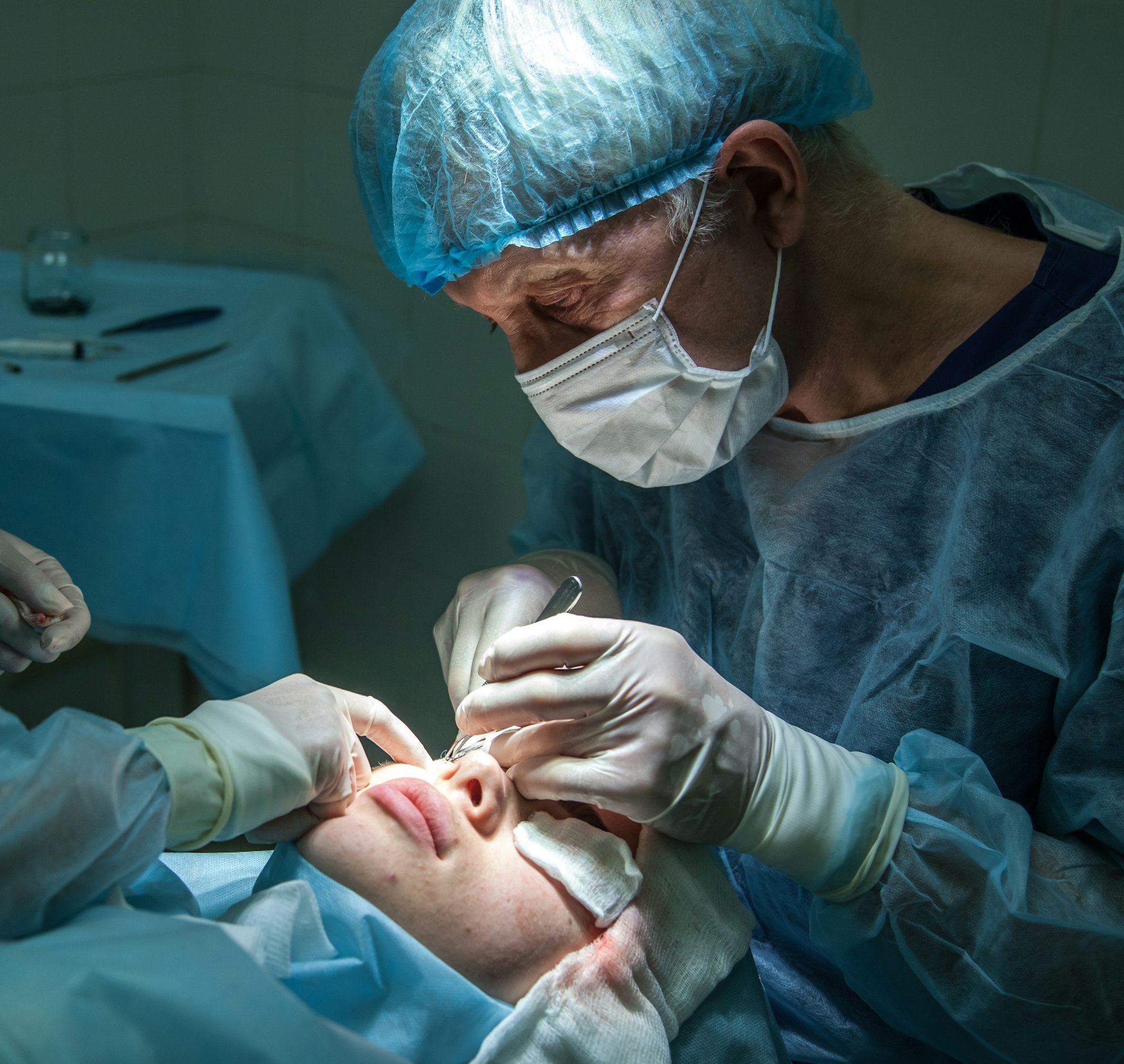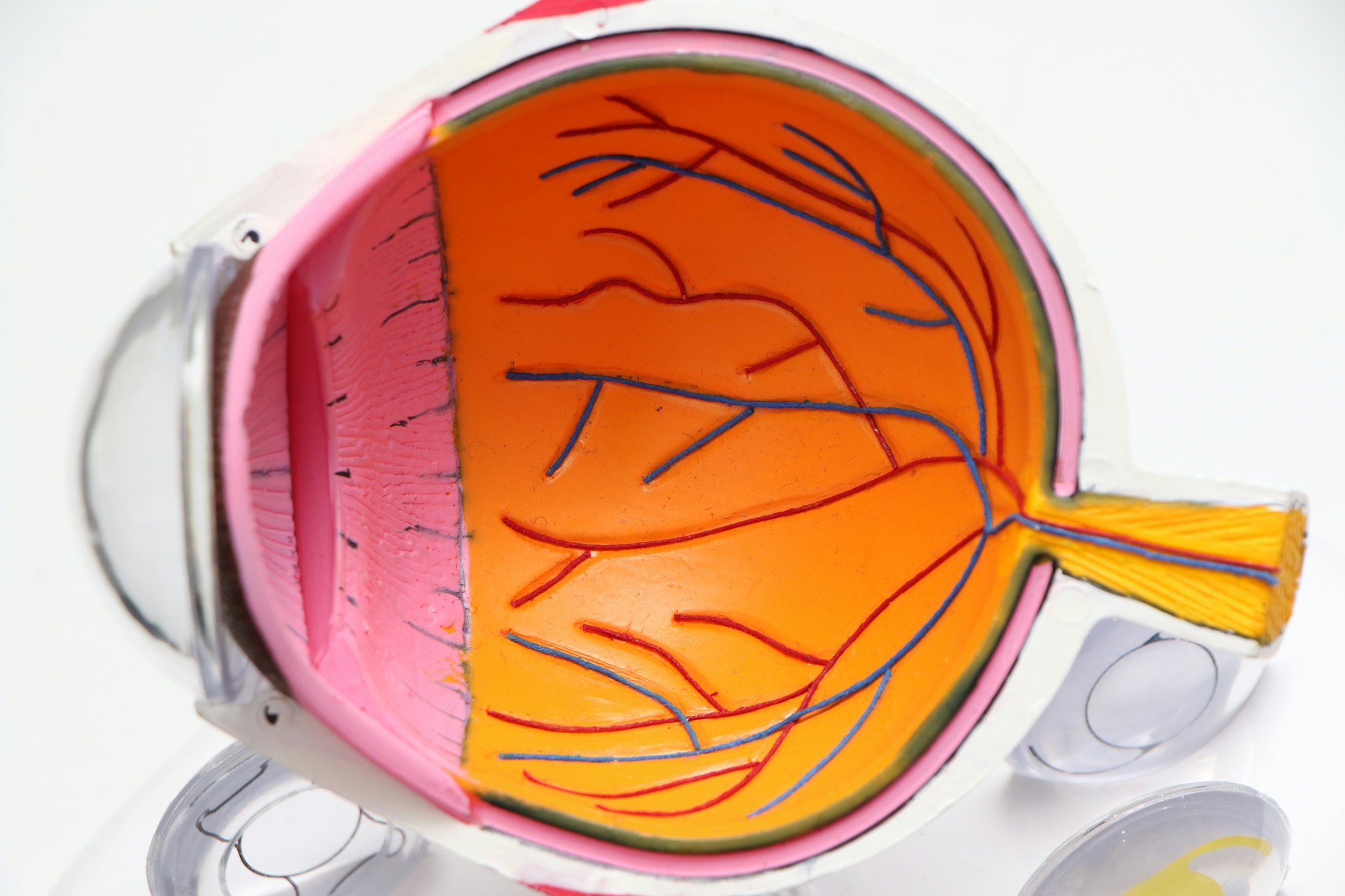Enhancing Eye Health: A Comprehensive Guide to Vision Care and Disease Prevention
Discover vital tips for maintaining eye health in our guide, "Enhancing Eye Health: A Comprehensive Guide to Vision Care and Disease Prevention". Learn about preventing age-related diseases, the importance of nutrition, protective eyewear, and regular eye exams for lasting vision health.

As we navigate through our daily lives, the health of our eyes plays a crucial role in how we perceive the world. From the early detection of eye diseases to adopting habits that keep our eyes healthy, this comprehensive guide aims to provide valuable insights and practical tips to help you maintain healthy vision and protect your eyes from potential problems.
Understanding Eye Health and Vision Problems
Eye Diseases and Conditions: The Silent Threat to Vision Health
Eye health is a crucial aspect of overall wellness, yet it is often not prioritized until noticeable vision problems occur. Key eye diseases such as age-related macular degeneration, diabetic retinopathy, and glaucoma pose significant risks to vision health. These conditions, often developing silently, can lead to substantial vision loss if not identified and managed in their early stages.

Age-Related Macular Degeneration (AMD):
This condition primarily affects the macula, the central part of the retina responsible for sharp, straight-ahead vision. The risk of developing AMD increases with age. Factors like a diet lacking in omega-3 fatty acids, found in fish such as salmon, tuna, and halibut, and a family history of the disease can elevate the risk. Symptoms include blurry vision and a dark area in the center of vision. The National Eye Institute emphasizes the importance of a diet rich in green leafy vegetables and fish high in omega-3s to potentially slow the progression of this condition.
Diabetic Retinopathy:
Caused by damage to the blood vessels in the retina, this disease is a direct consequence of high blood sugar levels associated with diabetes. Regular exercise, maintaining a healthy weight, and a balanced diet can help in managing diabetes and reducing the risk of developing diabetic retinopathy. Early stages often have no warning signs, making regular eye exams crucial for early detection.
Glaucoma:
This group of eye diseases damages the optic nerve, often due to abnormally high pressure in the eye. Risk factors include age, family history, and conditions like high blood pressure. Protecting eyes from injuries by wearing safety glasses or protective goggles during activities like playing sports can help prevent traumatic glaucoma. Regular use of protective eyewear, especially for those handling contact lenses or exposed to UV B radiation, is also recommended to prevent other eye infections and injuries.
Regular comprehensive dilated eye exams are essential for the early detection of these eye diseases. During such an exam, eye drops are used to widen the pupil, allowing the eye doctor to examine the retina and optic nerve for signs of damage and other vision problems. Early detection and treatment can help manage these conditions effectively, preserving healthy vision.
Lifestyle choices also play a significant role in eye health. Quitting smoking, as smoking is a known risk factor for many eye diseases, and wearing sunglasses to protect eyes from both UVA and UVB radiation are practical steps everyone can take. Additionally, maintaining a healthy lifestyle through regular exercise and a balanced diet rich in nutrients vital for eye health is beneficial.
Understanding the risk factors, recognizing the early warning signs of eye diseases, and committing to regular eye care practices are crucial steps in maintaining good eye health. By undergoing comprehensive dilated eye exams, wearing protective eyewear, and leading a lifestyle that supports overall health, individuals can significantly reduce the risk of vision loss due to these common yet serious eye conditions.
The Impact of Lifestyle Choices:
Factors such as smoking, poor diet, and lack of exercise can increase the risk of developing eye diseases. Quitting smoking, eating a diet rich in omega-3 fatty acids, and exercising regularly are vital steps to maintain healthy eyes.
Regular Eye Exams:
A comprehensive dilated eye exam is key in detecting early stages of eye diseases when they are most treatable. This exam allows the eye doctor to check for signs of vision problems, optic nerve damage, and other issues that might not yet have warning signs.
Maintaining healthy eyes goes beyond the occasional visit to the eye doctor. It's a daily commitment that involves quitting harmful habits like smoking, eating a nutritious diet, staying physically active, protecting your eyes from injuries and strain, and regularly scheduling comprehensive eye exams. By integrating these practices into your lifestyle, you can reduce your risk of developing eye diseases and ensure that your vision remains clear and healthy for years to come.
Managing Chronic Conditions:
Chronic health issues like high blood pressure and diabetes can lead to eye or vision problems. Controlling these conditions through a healthy lifestyle and medication is crucial for eye health.

Keeping Your Eyes Healthy
Regular Eye Exams:
A comprehensive eye exam is more than just testing your vision. It includes a dilated eye exam which allows the eye doctor to check for signs of eye disease and other health problems. Early detection is key in treating eye diseases effectively.
Protective Measures:
Wearing sunglasses that block both UVA and UVB radiation, using protective eyewear while playing sports or working in hazardous environments, and wearing computer glasses to reduce eye strain from screens are all important.
Nutrition and Eye Health:
A diet rich in green leafy vegetables, salmon, tuna, and halibut can help in maintaining good eye health. These foods are high in nutrients like omega-3 fatty acids, which are beneficial for the eyes.
Dealing with Age-Related Vision Changes: A Proactive Approach to Eye Health
As we journey through different stages of life, changes in our vision are a natural part of the aging process. Conditions like age-related macular degeneration (AMD) and cataracts become increasingly common with age. Understanding these changes and adopting a proactive approach is crucial for maintaining healthy vision as we grow older.
Age-Related Macular Degeneration (AMD):
This eye disease predominantly affects the macula, the part of the retina responsible for central vision. The risk of developing AMD increases with age, and it can lead to significant vision loss. Key factors that can exacerbate AMD include smoking, high blood pressure, and a family history of the disease. A diet rich in omega-3 fatty acids, found in fish like salmon, tuna, and halibut, along with green leafy vegetables, can help slow its progression. Regular comprehensive dilated eye exams are crucial for early detection and effective management.
Cataracts:
Common in older adults, cataracts cloud the eye's lens, leading to blurry vision and difficulty with glare. While aging is a primary risk factor, other factors like diabetes, smoking, and prolonged exposure to UV radiation can contribute to their development. Wearing sunglasses that protect against both UVA and UVB rays is a simple yet effective way to reduce this risk. When cataracts affect daily activities, they can be treated successfully with surgery.
Managing Vision Problems:
Regular eye exams are vital for detecting age-related vision changes in their early stages. The National Eye Institute recommends a comprehensive dilated eye exam, particularly for those at higher risk due to family medical history or pre-existing conditions like high blood pressure and diabetes. These exams allow the eye doctor to check for diseases like AMD, cataracts, and diabetic retinopathy before they cause significant vision problems.

Lifestyle Adjustments for Aging Eyes:
As we age, our eyes often need more light for reading and other tasks. Adjusting the lighting in our homes and workplaces can help mitigate this challenge. For those who use contact lenses or computer glasses, it's important to ensure they are up to date and correctly suited to changing vision needs. Additionally, regular exercise and maintaining a healthy weight can contribute significantly to overall eye health.
Protecting Your Eyes:
Along with wearing protective eyewear like safety glasses when engaging in activities that pose a risk of eye injury, it's also important to guard against eye strain, especially in the era of digital screens. Taking regular breaks using the 20-20-20
Lifestyle Adjustments:
Adjusting the lighting in your environment, using magnifying lenses, and ensuring your glasses or contact lenses prescriptions are up to date can help in dealing with age-related vision changes.
Contact Lenses and Eye Care
Proper Handling:
Correct handling and care of contact lenses are vital to avoid eye infections and irritation. This includes regular cleaning, proper storage, and avoiding wearing them for extended periods.
Recognizing Problems:
Symptoms like blurry vision, redness, or discomfort while wearing contact lenses should not be ignored. These could be warning signs of eye infections or other issues
Conclusion
Keeping your eyes healthy involves a combination of regular eye care, protective measures, a healthy diet, and lifestyle adjustments. By understanding the risk factors and warning signs of eye diseases, and taking proactive steps to protect your vision, you can maintain healthy eyes and enjoy good vision throughout your life. Remember, early detection and treatment are key in preventing and managing eye conditions. Regular visits to an eye doctor, a balanced diet, and a healthy lifestyle are your best defenses against vision problems. Stay informed, stay vigilant, and keep your eyes healthy for a lifetime of clear vision.
Our Resources section can help you find the information and tools that you need. We have courses, videos, checklists, guidebooks, cheat sheets, how-to guides and more.
You can get started by clicking on the link below. We know that taking care of a loved one is hard work, but with our help you can get the support that you need.
Click here to go to Resources Section now!
